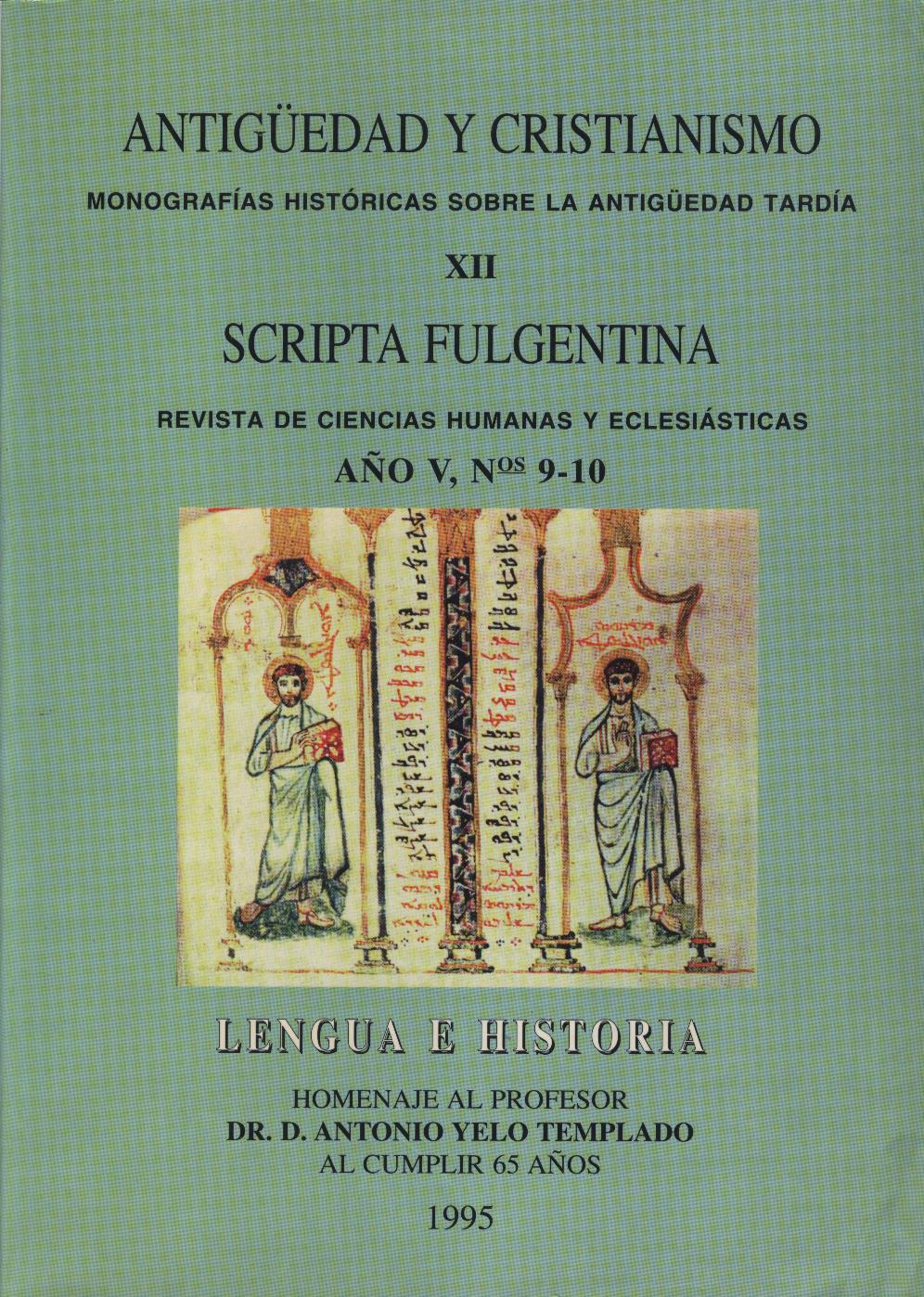EL REINO VISIGODO EN LA CONCEPCIÓN DE JULIÁN DE TOLEDO
Resumen
The analysis of the conceptual categories manifested in the works of Julian of Toledo in regards to the political realities, such as the kingdom and its habitans, shows that these are determined by the eschatological feelings of the autho and his view of History. While the regnum appears as a patrimonial reality bestowed on the monarch by means of the Real Unction ceremony, other terms, such as barbarus or gothus, are now mere anachronisms. The gens is used to differentiate the hispanogothic peoples from their neighbors. However, from our point of view, it is more relevant to pay attention to the response found in the works of Julian. This response defines the habitants of the Kingdom as populus christianus, which, in the general concept of History, substituted the populus iudaicus, with al1 the known important political consequences that brought about.Descargas
-
Resumen351
-
PDF192
1. Los autores ceden de forma no exclusiva a la revista los derechos de explotación (reproducción, distribución, comunicación y transformación).
2. Las obras que se publican en esta revista están sujetas a la licencia Attribution-ShareAlike 4.0 International (CC By SA 4.0). Por lo que se pueden copiar, usar, difundir, transmitir y exponer públicamente, siempre que:
i) se cite la autoría y la fuente original de su publicación (revista, editorial y URL de la obra), permitiendo así su reconocimiento.
ii) se permite remezclar, transfromar o crear a partir del material mientras se mantenga la misma licencia del original.
Nota: Los artículos anteriores a 2022 muestran incorrectamente la licencia CC by SA en la página de resumen. Están bajo una licencia CC by NC ND tal y como se incluye en los pdfs de los artículos. Los artículos publicados en 2022 y después están bajo la licencia CC by SA.

3. Condiciones de auto-archivo. Se permite y se anima a los autores a difundir electrónicamente las versiones pre-print (versión antes de ser evaluada) y/o post-print (versión evaluada y aceptada para su publicación) de sus obras antes de su publicación, ya que favorece su circulación y difusión más temprana y con ello un posible aumento en su citación y alcance entre la comunidad académica. Color RoMEO: verde.
























